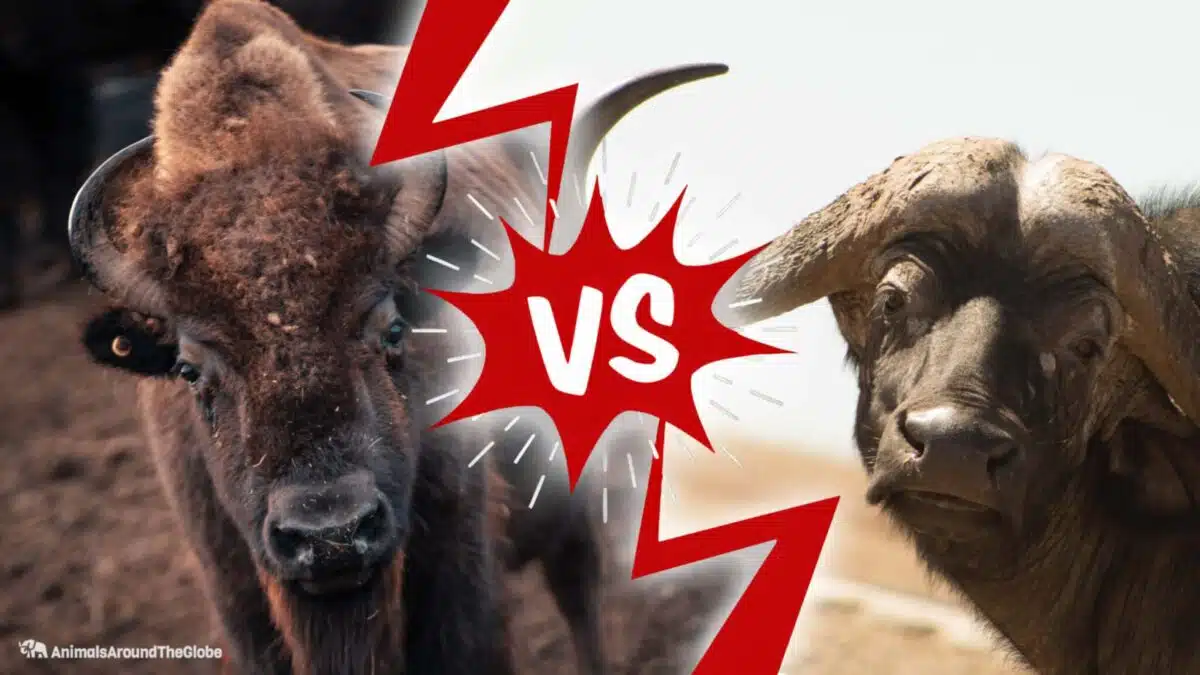The Majestic Bald Eagle: The Proud National Animal of the United States

The United States of America, a land of diversity and natural wonders, proudly boasts the bald eagle as its national animal. Chosen for its symbolic significance, this magnificent bird has become an embodiment of freedom, strength, and resilience. In this article, we delve into the fascinating world of the bald eagle, exploring its characteristics, historical significance, and conservation efforts.
I. The Bald Eagle: A Unique Species
The bald eagle (Haliaeetus leucocephalus) is a majestic raptor known for its distinctive white-feathered head and tail, contrasting against its dark brown body. With a wingspan that can reach up to 7 feet and a weight ranging from 8 to 14 pounds, this avian marvel is a sight to behold. Native to North America, the bald eagle primarily inhabits areas near large bodies of open water, such as lakes, rivers, and coastal regions, where it can find an abundant food supply.
II. Historical and Cultural Significance
II.A Native American Beliefs
Long before it became the emblem of the United States, the bald eagle held significant spiritual importance for many Native American tribes. Revered as a messenger between humans and the divine, the eagle symbolized vision, wisdom, and strength. Its soaring flight was believed to carry prayers and dreams to the spirit world, making it a symbol of connection and guidance.
II.B The Bald Eagle as a National Symbol
The Founding Fathers of the United States recognized the powerful symbolism of the bald eagle and adopted it as the national emblem in 1782. The eagle’s association with freedom and independence made it an ideal choice for representing the nation’s values. It has since appeared on official seals, currency, and various government insignias, solidifying its position as a proud national symbol.
III. Conservation Efforts: Preserving the Icon of America
III.A Threats to the Bald Eagle
Despite its esteemed status, the bald eagle faced significant challenges over the years. Widespread use of pesticides like DDT in the mid-20th century led to a sharp decline in bald eagle populations. These chemicals weakened their eggshells, resulting in reproductive failures. Habitat destruction, illegal hunting, and collisions with power lines also posed threats to their survival.
III.B The Bald Eagle’s Road to Recovery
In response to the declining eagle populations, the U.S. government took action to protect and conserve the species. The Endangered Species Act of 1973 played a crucial role in their recovery by banning the use of DDT and providing legal protection to the birds and their habitats. Additionally, conservation organizations and concerned citizens rallied together to create safe nesting sites and raise awareness about the importance of preserving these majestic birds.
IV. Bald Eagles Today: Success of Conservation Efforts
IV.A Remarkable Population Recovery
Thanks to the dedicated conservation efforts, the bald eagle made a remarkable comeback. By the late 20th century, their population began to rebound, and in 2007, the species was removed from the Endangered Species List, a significant conservation milestone. Today, their numbers continue to grow, and they can be spotted across various states in the U.S.
IV.B A Symbol of Hope and Unity
The bald eagle’s triumphant recovery serves as a symbol of hope and unity, reminding us of the importance of safeguarding our natural heritage. It showcases what collective conservation efforts can achieve when people come together for a common cause.
Conclusion: The Bald Eagle’s Enduring Majesty
In conclusion, the bald eagle remains an enduring symbol of the United States, embodying the nation’s core values of freedom, strength, and resilience. From its cultural significance in Native American beliefs to its resurgence through dedicated conservation efforts, this magnificent bird continues to inspire and captivate people across the nation. As we move forward, let us remember the bald eagle’s journey and strive to protect not only this emblematic species but also the diverse wildlife that enriches our planet.






